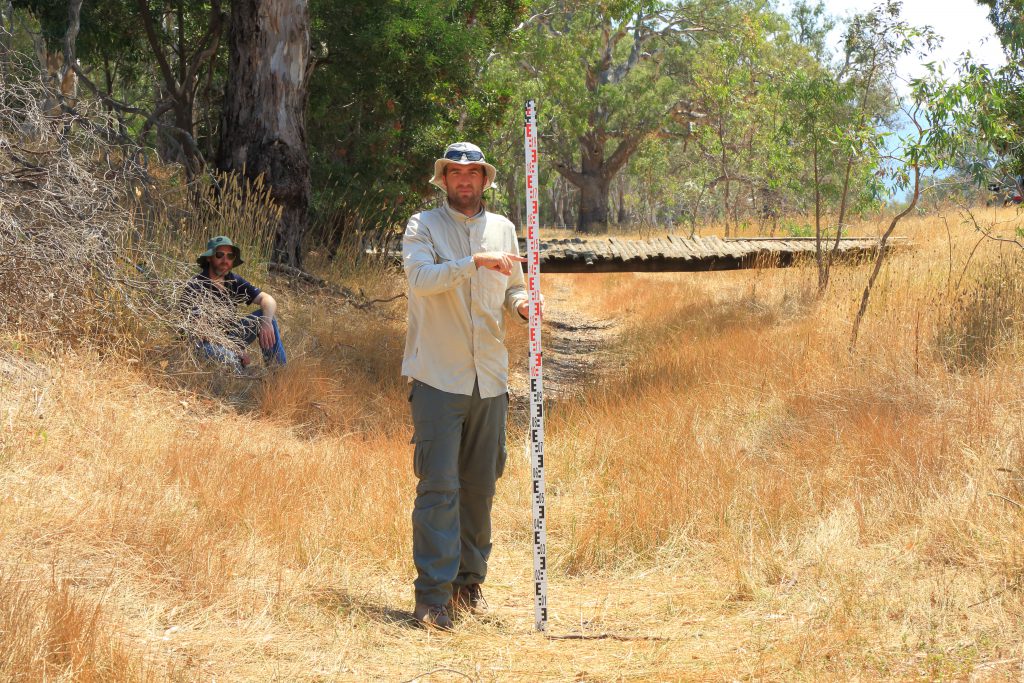A small non-profit organization has acquired 1,000 acres of Australian plantations to restore it to wetlands. The main project idea is to return animals that the area has long lacked.
Disappeared Wetlands
According to some sources, 85% of wetlands are lost due to agriculture and urbanization. Wetlands are a great breeding ground for many diverse species of wild animals.

A group of scientists at the small local non-profit organization Nature Glenelg, led by Mark Bachmann, negotiated the purchase of 1,000 acres of barren land – Bluegum Plantation. The main impulse was the moment when Bachmann saw a platypus. Biologists are worried about the platypus’ future, which are losing natural habitats due to drought.
Wetlands Restoring
The 1000-acre area has functioned as a plantation since 2000, after being gradually drained for 200 years. After a successful meeting in 2014, the ecologists agreed with the plantation managers on a trial operation. Local volunteers helped build a makeshift weir. In 2018, ecologists bought the land with state funding help.

The platypus condition show that the whole team and volunteers work on the wetlands is successful. Based on a visual inspection the fauna and flora are doing well. Species that lived in the original wetlands are returning to the site, including frogs, birds, and endangered fish.

The work also consisted of felling larch trees, which consume a lot of water. Instead, they have planted shrubs that are more natural and safer for nesting birds.
Last year there was only one pair of brolga in Victoria. But now biologists have counted about 600 individuals. So far, Nature Glenelg has restored 3 Australian wetlands.
Source: https://truththeory.com/australian-wetland-restore-from-bluegum-plantation/














